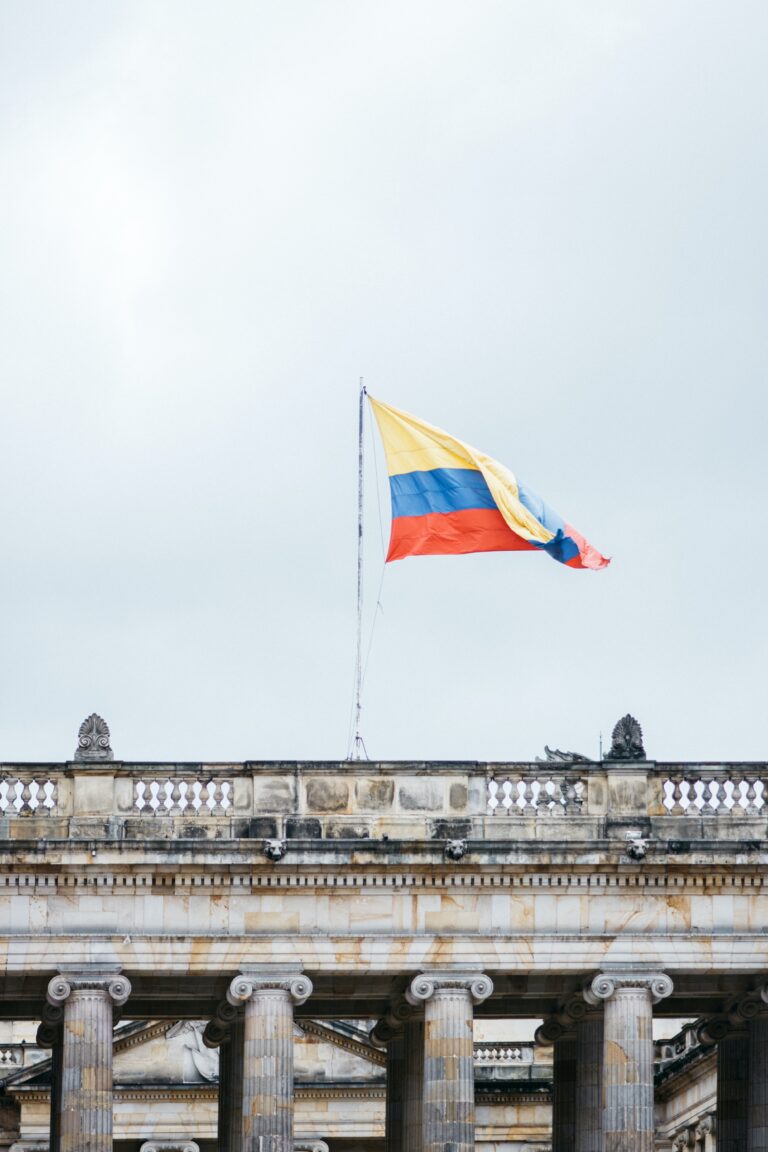When litigating trademark infringement cases in Colombia, the issue arises as to how the plaintiff should provide valid evidence of the damages arising from the unauthorized use of a trademark, as well as to what admissible evidence may be used to prove the amount of the indemnification claimed in the proceeding.
Trademark infringement lawsuits generally intend to compel the infringer, through a judicial order, to cease the use of a protected trademark and, in most cases, the plaintiff seeks to obtain an indemnification for the damages arising from the infringing use by the defendant.
Decision 486 of the Andean Community, which governs trademark-related matters, expressly provides that the following criteria, among others, may be taken into account to calculate the amount of the indemnification, in trademark infringement cases:
The actual patrimonial damage suffered by the trademark owner, or the loss of profit that was caused by the infringement.
The profit that was obtained by the infringer as a result of the infringing behavior.
The amount that the infringer would have paid to the trademark owner, if he had entered into a license agreement with the rights owner, whereby the use of the trademark is authorized, considering the commercial value of the trademark and the remuneration provided for in other licenses entered into by the trademark owner with third parties.
In a particular case, the plaintiff must be able to provide evidence, in the course of the trial, not only that he is the registered owner of the trademark, that the defendant has used the trademark or a similar sign without authorization thereby creating the likelihood of confusion, but also, if indemnification is claimed, the plaintiff must effectively prove that he has suffered patrimonial damage as a direct consequence of the infringer, such as a decrease in sales, decrease in the market share, or loss of value or distinctiveness of the trademark, among others.
In the infringement lawsuit, if the plaintiff requests an indemnification, he must provide a reasonable and justified estimation of the amount claimed.
Several difficulties have been found for the plaintiffs to be able to apply the criteria set forth by Decision 486.
For example, if the plaintiff intends to estimate the indemnification based on the profit obtained by the infringer as a result of the infringing behavior, he must have access to the accounting files of the defendant, which are not public information. The plaintiff would not easily have access to the defendant’s accounting. Therefore, he will not be able to determine which is the amount of profit that was directly obtained as a result of the infringing behavior.
Also, it is not always the case that the trademark owner has granted licenses to third parties. If said licenses exist, trademark owners do not see it as a good alternative to applying to an infringer the same royalty fee that was negotiated with an authorized license.
Given the difficulties described above, to set forth a legal mechanism to facilitate the due enforcement of trademark rights, Congress passed Law 1648 of 2013, which, in general terms, allowed trademark owners to opt, when carrying out legal actions for trademark infringement, between the general civil liability regime, and a new “pre-determined indemnification regime”.
The purpose of the said regime, is to facilitate the quantification of an indemnification, whenever an infringement has occurred, and the plaintiff has proved that he suffered damages arising therefrom.
The pre-determined indemnification regime was regulated by the Colombian Government, through Decrees 2264 of 2014, 1074 of 2015, and 2642 of 2022. These regulations contemplate a scale of possible amounts of indemnification, which was first set forth based on minimum legal wages, and then amended to be calculated as per the “Tax Value Unit” (“UVT”) which is a measurement unit set forth by the Government to establish the applicability of several tax obligations, and is modified via regulation every year.
In the case of a judicial proceeding where the plaintiff has succeeded in proving that an infringement had occurred, that he has suffered damage as a result of the infringement, and he has expressly requested the predetermined indemnification system to be applied, the judge must apply the scale, on a case by case basis, when ruling for the amount of the indemnification to be paid to the trademark owner by the infringer.
For this purpose, the judge must take into account the specific circumstances of the infringement, as well as certain relevant situations, namely, whether evidence is found of the bad faith of the infringer, or if the infringed trademark is declared to be a well-known trademark if the infringement has created a risk situation for public health or a situation that is life-threatening, or in the case that the infringer has incurred in a relapse.
For 2023, the UVT is equivalent to approximately USD$9. Therefore the applicable pre-determined indemnification scale for trademark infringement cases, applicable for 2023, would be approximately as follows:
Per each infringed trademark, the judge may quantify the indemnification in a minimum of USD$ 710 (78,9 UVT) and a maximum amount of USD$ 23.681,7 (2631,6 UVT).
The amount per trademark infringed may be increased by the judge, up to USD$47.363,4, if the infringed trademark is a well-known trademark, if the infringer acted in bad faith, if the infringement has created a risk for health or life, or if the infringer has relapsed.
Colombian Courts have consistently applied the predetermined indemnification system in various infringement cases.
If your business expansion plans include Colombia, we are ready to assist in structuring the best protection strategy for your trademarks. In the case of a possible infringement by a third party, Gamboa, García & Cardona is ready to assist you for you to obtain the best results in the course of litigation.
